Trading isn't gambling — it's a calculated strategy.
1️⃣ Risk Management Explained!
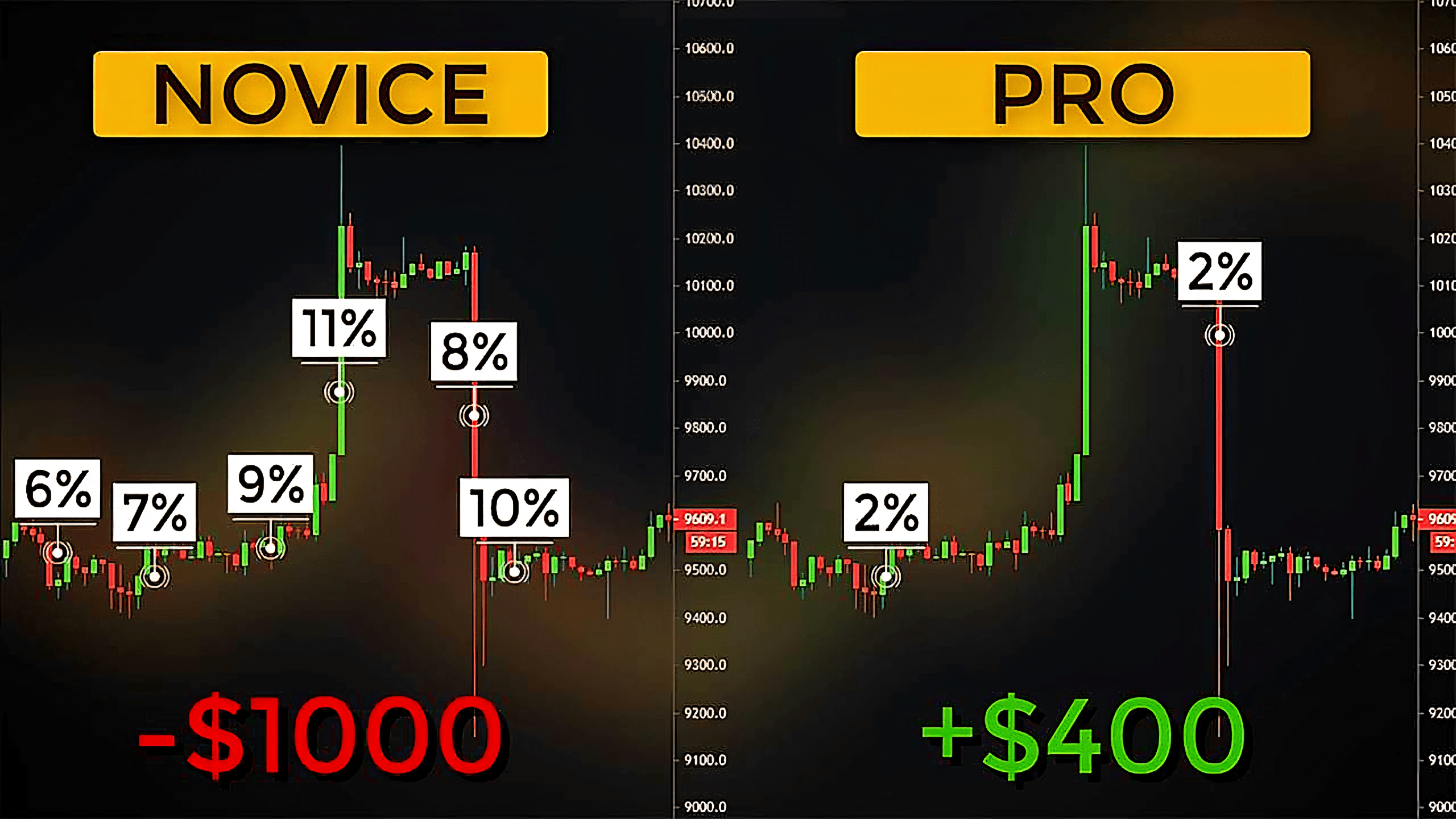
Risk management is the systematic process of identifying, analyzing, and controlling financial risks in your trading activities. It’s your essential shield against market volatility and unexpected downturn.
✅Risk Management Matters Explained:
A systematic process to identify, analyze, and control financial risks in your trades.
It acts as your shield against volatility — designed to minimize losses and keep you in the game.
✅ Risk Management in Trading
It’s about protecting your capital and ensuring long-term survival in the markets.
RM’s primary goal — stop “account blow-ups” before they start.
Simply put, protect your capital.
The harsh truth: No Capital → No Trading.
🧰 The Trader’s Toolkit: 8 Essential Risk Management Tools
Here are the only selected 6 risk management tools every crypto trader should master — built for survival and domination in the digital markets.
1️⃣Position Sizing – The 1% Rule That Saves Accounts:
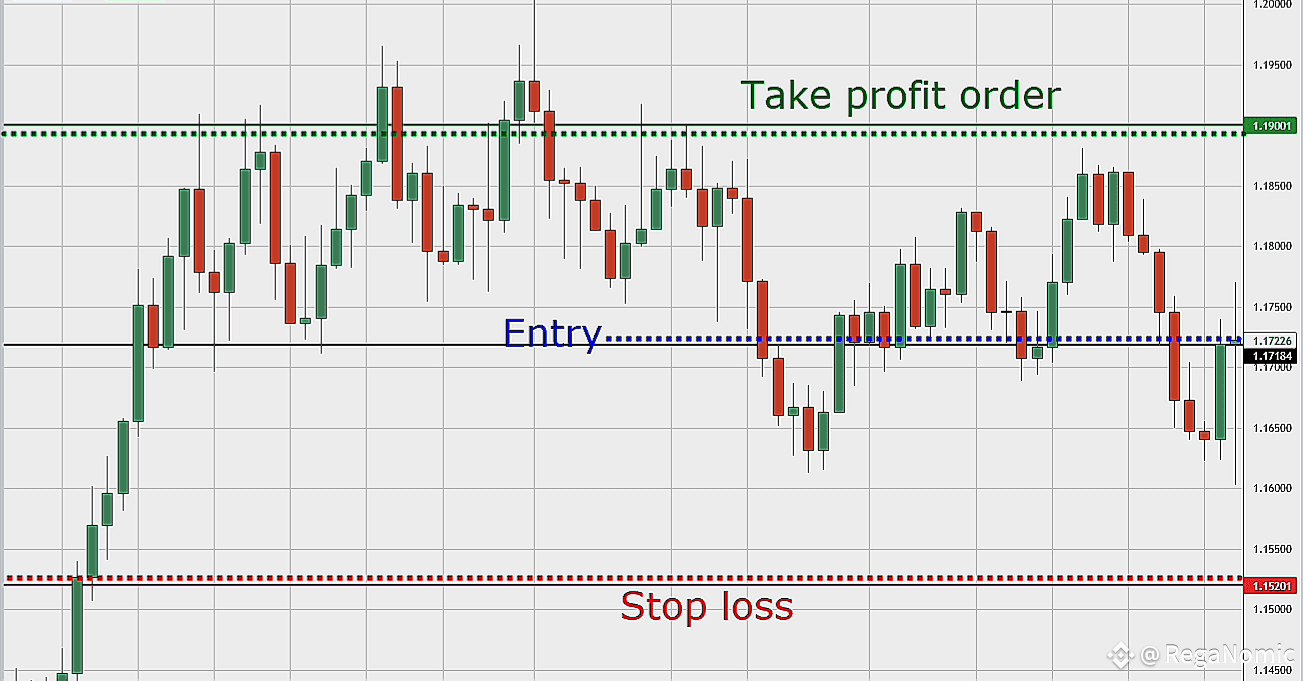
Calculating the exact number of shares, contracts, or units to trade based on your total capital and risk tolerance. This helps manage risk and avoid over-leveraging.
🎯 Purpose:
Avoid overleveraging and maintain consistent, manageable risk exposure per trade.
🪙Why the 1-2% Rule Works (and is essential):
The 1-2% Rule is a widely adopted and highly effective guideline that caps the maximum amount of your total trading capital you are willing to risk on any single trade at 1% or 2%. This rule is paramount because it protects you from the inevitable losing streaks that all traders experience. Even the best traders have consecutive losing trades; the key is to ensure these don't cripple your account
♾️For Example:
Account: $10,000
Risk: 1% = $1000XEC
SL: $600 per BTC
Position Size = $100 / $600 = 0.166 BTC
🛑Position Sizing Methods:
🛡️Fixed % Rule:
Risk a fixed % of total account.
🛡️ATR Sizing (Volatility-Based):
Adjust size based on stop width & volatility.
🛡️Kelly Criterion (Advanced):
Uses probability & RRR to optimize size. Use with caution — can be aggressive.
📍 Pro Tip:
Sizing by entry price without stop-loss distance = disaster.
It’s not just where you enter—it’s how much you can afford to lose if wrong.
Golden Rule: Size = Based on risk, not opportunity
2️⃣ Stop-Loss Orders – Your First Line of Defense
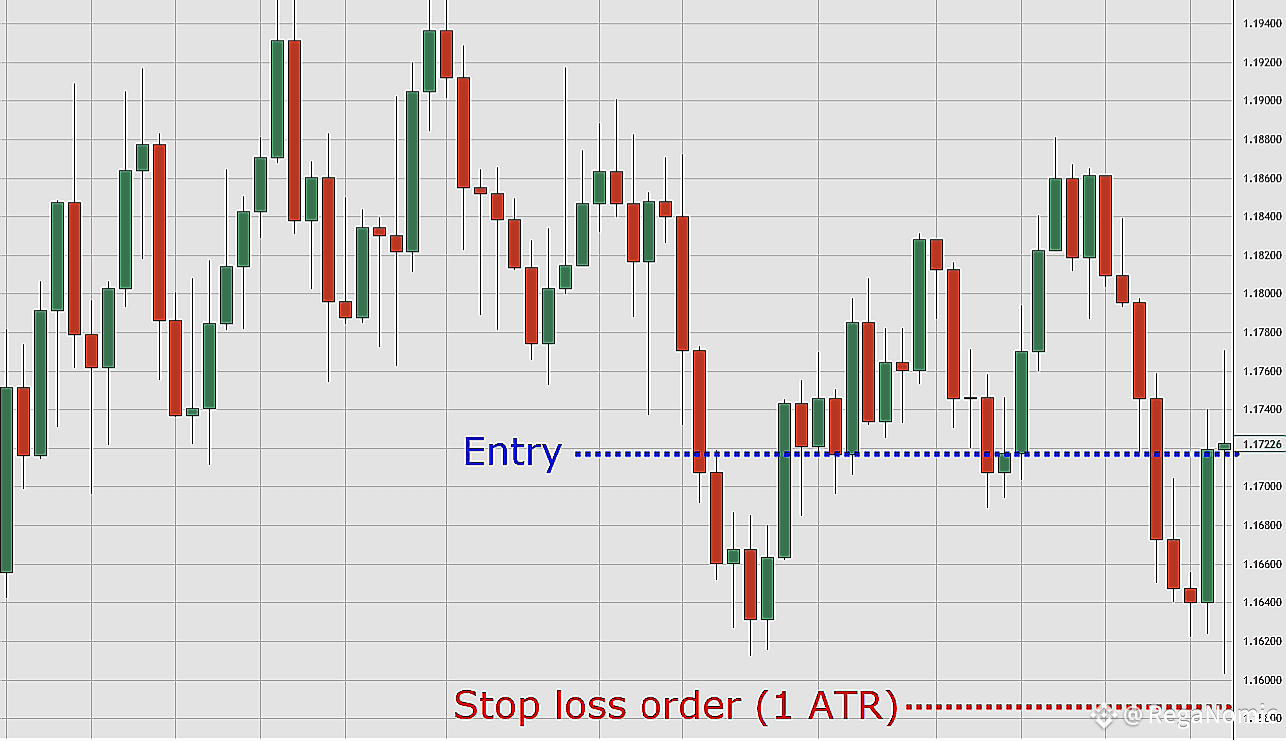
A order placed with your broker to automatically close a trade when the price hits a predetermined loss level. This helps limit potential losses and protect your capital.
🎯 Purpose:
To cut losses early and protect capital.
It's your predetermined "exit strategy" for when the market moves against your position.
♾️For Example:
You buy BTC at $30,000.
Analysis invalidates below $29,400.
Place SL at $29,400 → If price drops, your trade closes, loss = $600.
You’re out before the bleeding gets worse.
🛑Stop-Loss Methods:
🛡️Fixed Price Stop:
Set SL at a specific level (E.G = $29,400).
🛡️% Stop-Loss:
Set SL as a % below entry (E.G = 2%).
⚖️ Formula:
SL = Entry Price - (Entry × % Risk)
🛡️ATR Stop (Volatility-Based):
Use ATR (Average True Range) to calculate dynamic stop distance.
⚖️ Formula:
SL = Entry - (1.5 × ATR)
🛡️Time-Based Stop:
Exit if trade doesn’t move within X time — useful in fast-moving markets.
📍 Pro Tip
Never set a Stop-Loss out of fear.
Place it where your trade thesis fails — not where it “feels safe.”
SL = invalidation point, not comfort zone.
3️⃣ Take-Profit Orders – Secure Gains Automatically
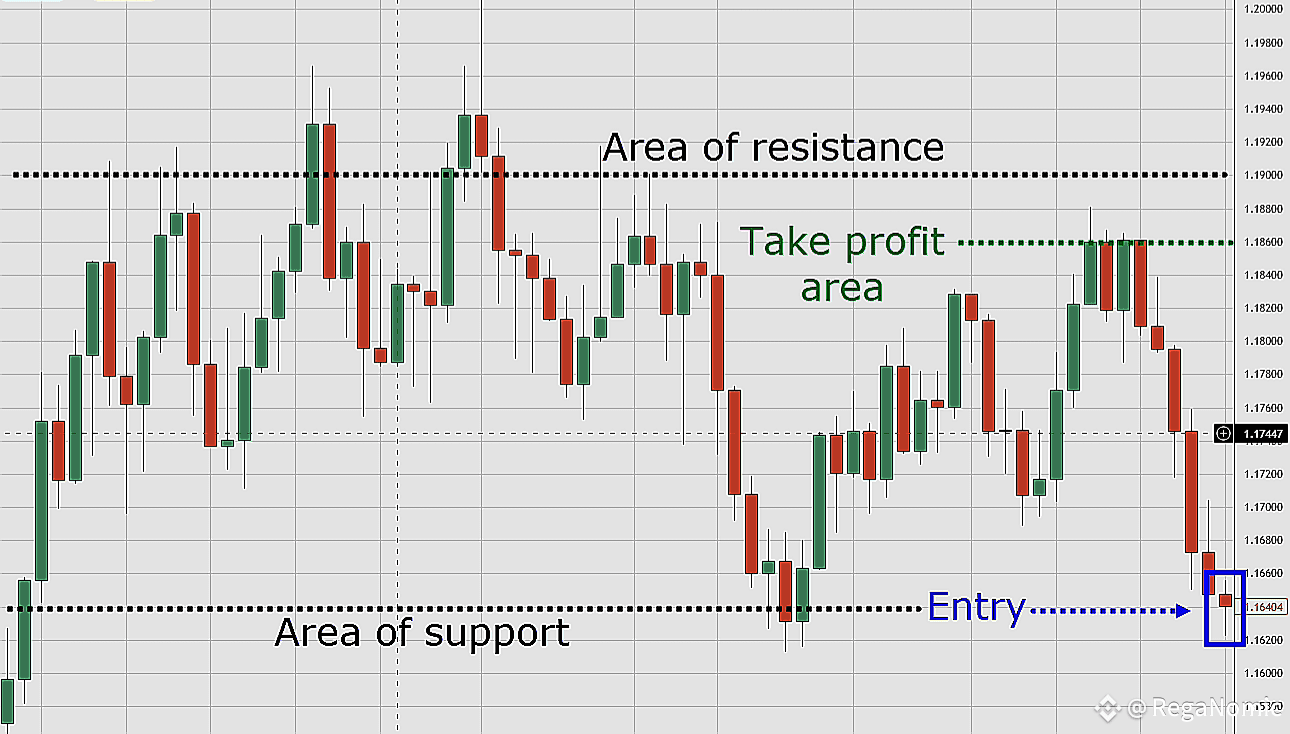
An order to automatically close a trade when the price reaches your predetermined profit target. This helps lock in gains and prevent greed from holding a winning trade too long
🎯 Purpose:
Automatically secures your profits once a predetermined price target is hit. This prevents winning trades from turning into losses due to market reversals.
♾️ For Example:
Buy BTC at 30,000
Target = $31,800 → TP order placed
If reached, trade closes with $1,800 gain
🛑Take-Profit Methods:
🛡️Fixed Target:
Based on support/resistance zones.
🛡️Risk-Reward Based Target:
Suppose If you risk $600, you aim for $1,800 → RRR = 1:3
🛡️Fibonacci TP Zones:
Use Fib extensions to set logical profit zones.
📍 Pro Tip:
TP = planned exit, not a guess.
Base it on RRR and key levels.
Profit with precision, not hope.
4️⃣ Risk-Reward Ratio – Trade Only What’s Worth It:
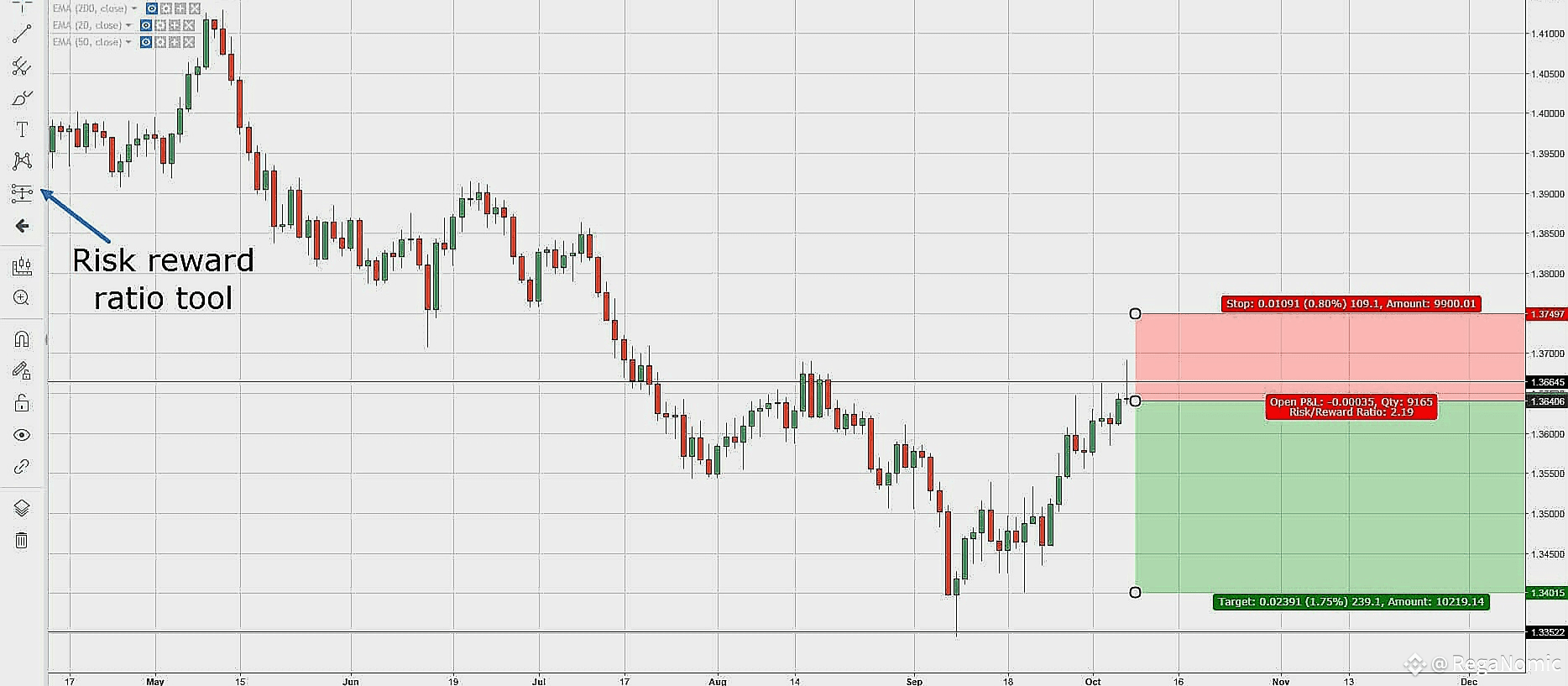
Popular Method: Aiming for a minimum 1:2 or 1:3 RRR. This means for every $1 you risk, you aim to make $2 or $3. Even with a win rate of less than 50%, a favorable RRR can lead to overall profitability
Generally, trades with good risk-to-reward ratios, such as 1:2 or 1:1.5 or 1:3, are preferred rather than the trades that offer bad risk-to-reward ratios, such as 1.5:1 or 2:1 because you are risking more money than you would potentially make. Therefore, you should never take trades with bad risk-to-reward ratios. This is the most fundamental rule of risk management in trading.
🎯 Purpose:
Filter out low-value trades. Only trade when potential reward outweighs risk.
♾️ For Example:
Entry: $30,000
SL: $29,400 → Risk = $600
TP: $31,800 → Reward = $1,800
RRR = 1:3 (great)
⚖️Formula:
RRR = Potential Loss : Potential Profit
(E.G= 1:2 means risking $1 to make $2
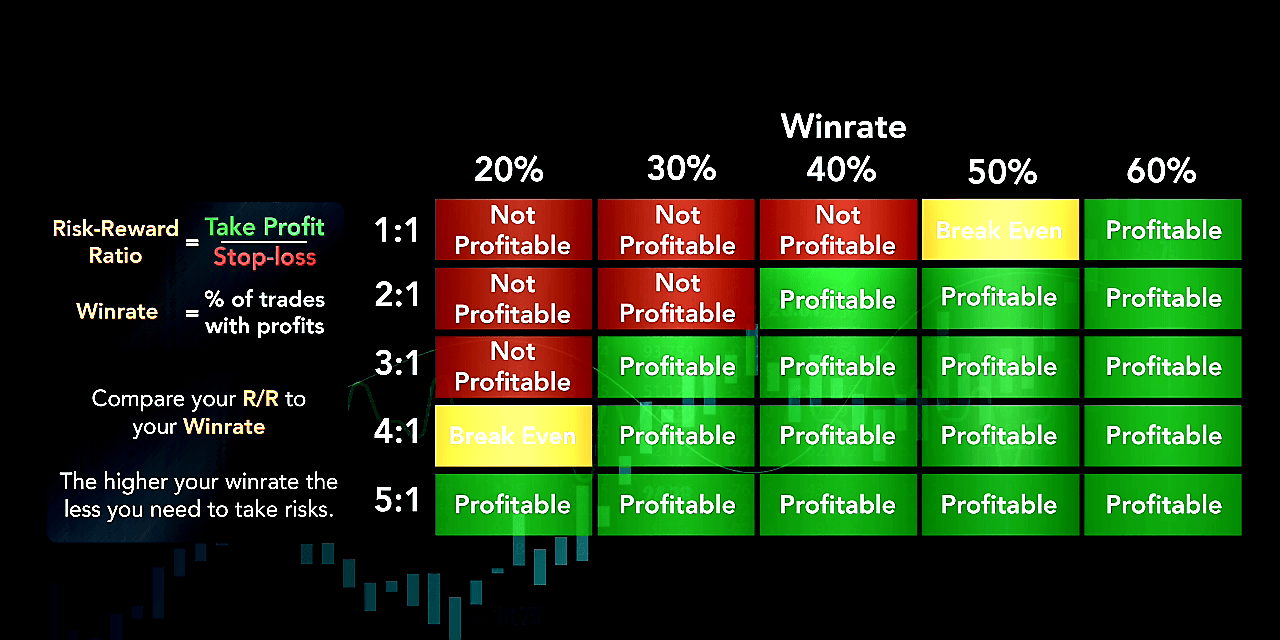
📊 How It Works:
With a 50% win rate and RRR of 1:2:
5 Wins = +10 units
5 Losses = -5 units
Net Profit = +5 units
Even average win rates = growth, if RRR is strong.
📍 Pro Tip:
Every trade must clear the Risk-Reward Ratio test —
No exceptions, no shortcuts.
Protect capital first, profits follow
5️⃣ Trailing Stop – Ride Winners Without Guessing Tops: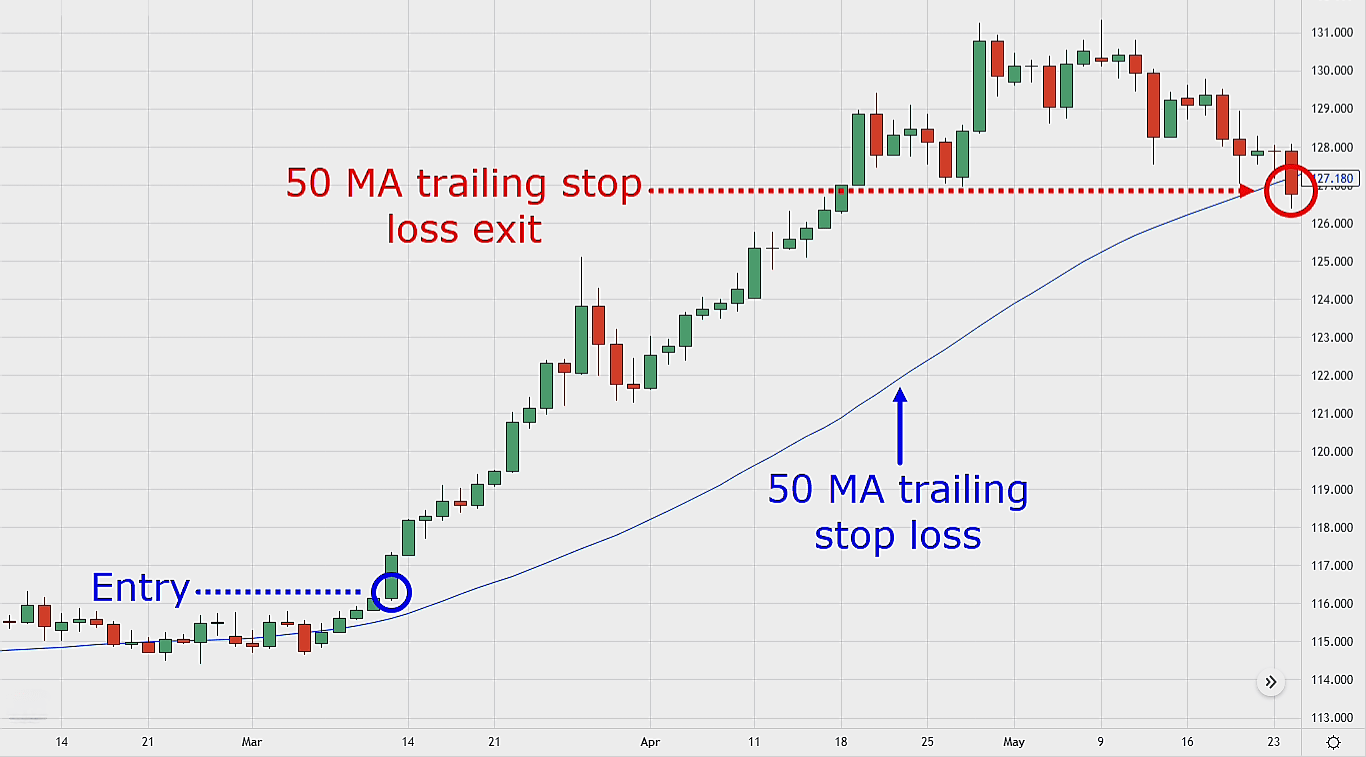
A trailing stop is a type of stop-loss order that automatically adjusts the stop-loss price based on the market's movement in favor of the trade. This helps lock in profits while giving the trade room to breathe.
🎯 Purpose:
Secure gains while allowing winning trades room to breathe and potentially grow further, without needing constant manual adjustment.
♾️ For Example:
Entry: $30,000
Trailing SL: 5%
If BTC rises to $32,000 → SL moves to $30,400
If BTC drops to $30,400 → trade closes, profits locked in
🛑 Trailing Stop Methods:
🛡️ % Based Trail:
SL follows price at a set % (e.g., 5% below peak).
🛡️ ATR-Based Trail:
Trail moves based on volatility using ATR.
⚖️ Formula :
Trailing SL = Highest Price - (ATR × Factor)
🛡️ MA Trail:
Trail your Stop-Loss along a Moving Average.
Dynamic, adaptive, protects profits as price moves).
📍 Pro Tip:
Use trailing SL only after the trade is in profit. It protects without capping your upside.
🟢 With Risk Management:
✅ Capital is Protected — losses Are Controlled, Never Catastrophic.
✅ Clarity & Discipline — Trade Decisions Follow Logic, Not Emotion.
✅ Long-Term Growth — Consistency Leads to compounding gains.
✅ Confidence Builds — No Fear of Random Losses or Account Wipeout.
🔴 Without Risk Management:
❌ Account Blow-Up — A few Bad Trades Can Destroy Everything.
❌ Emotional Chaos — Fear, Greed, Revenge Trades Take Over.
❌ Inconsistent Results — No Structure, No Repeatability.
❌ Burnout & Frustration — Mental fatigue From Constant Losses.
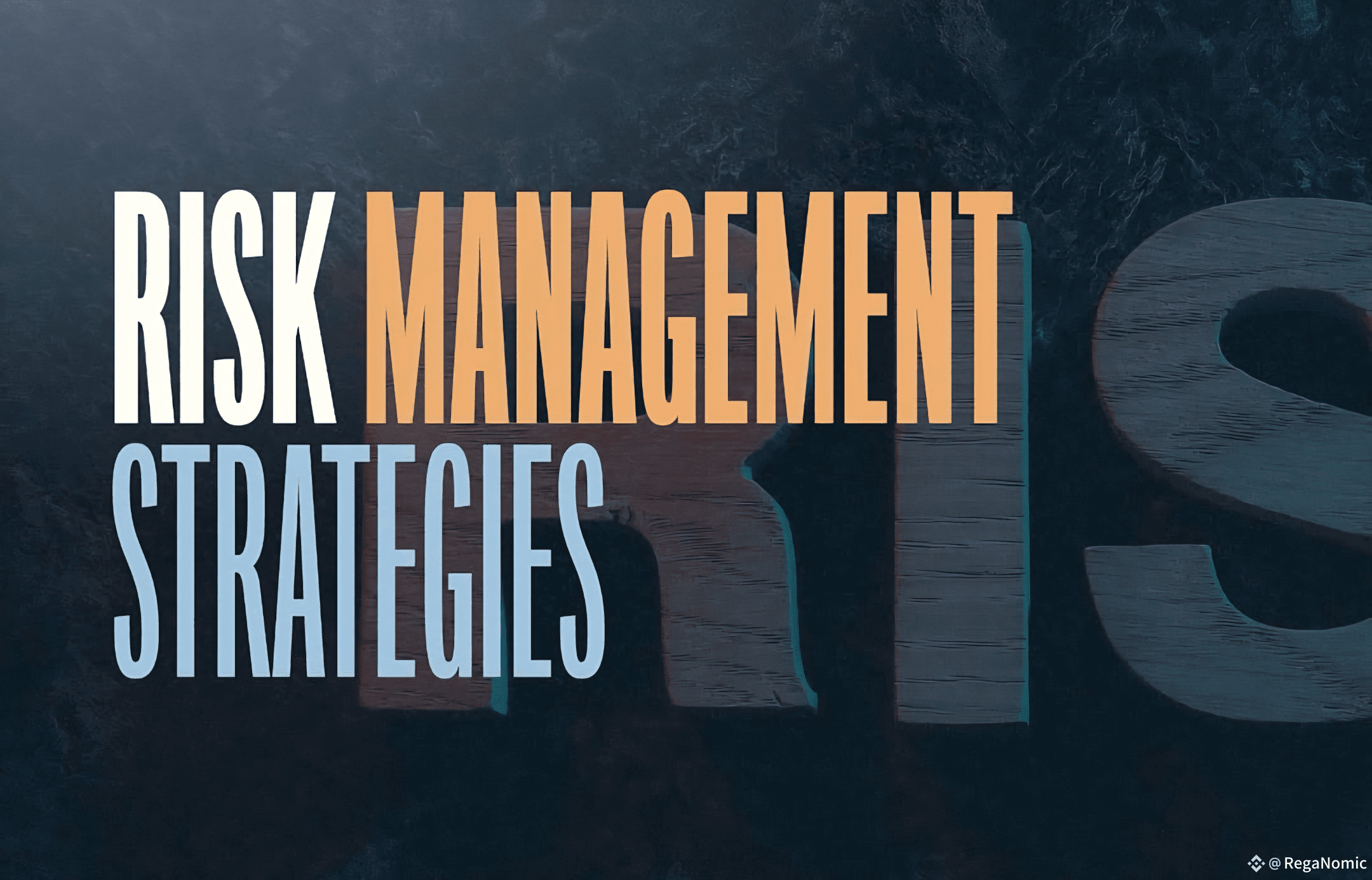
🏛️ Section 1-:- Strategy for Financial Risk on Trading :-
1️⃣ Identify the Trade Setup:
Start by spotting a good trade opportunity using your trading strategy — this could be a chart pattern, breakout, or trend signal.
2️⃣ Set Your Stop-Loss:
Place your stop-loss where your trade idea becomes invalid. This protects you from large losses if the market goes against you.
3️⃣ Set a Profit Target:
Choose a realistic price level where you plan to take profit. This could be the next resistance, support, or a measured move from your setup.
4️⃣ Check Risk-to-Reward Ratio:
Make sure your potential reward is at least 3 times the risk. A minimum 1:3 ratio is ideal for long-term success.
5️⃣ Apply the 1–2% Rule:
Never risk more than 1–2% of your total account on any single trade. This keeps your losses small and your account safe.
6️⃣ Use a Position Sizing Calculator:
Calculate exactly how many units or lots you should trade based on your stop-loss and risk percentage. This keeps your trade size under control.
7️⃣ Execute the Trade:
Now place your trade — with both stop-loss and target in place. Stick to your numbers and stay disciplined.
8️⃣ Monitor and Adjust:
As the trade moves in your favor, consider locking in profits or moving your stop-loss to breakeven. Manage the trade without emotions.
🏛️Section 2 -:- Strategies for Risk Management:-
These aren’t just tips — they are core principles for protecting your capital and staying in the game long-term. Stick to them like rules, not suggestions.
1️⃣ Develop a Comprehensive Trading Plan:
This is your non-negotiable blueprint. It should be written, detailed, and crystal clear — covering your entry/exit rules, risk limits, and emotional triggers.
2️⃣ Always Use Stop-Loss Orders:
Make this an unbreakable habit. Place your stop-loss immediately after entering a trade. Never rely on manual exits.
3️⃣ Define Risk-Reward Ratio Before Every Trade:
Know exactly how much you’re risking vs how much you aim to gain before entering. This simple rule prevents emotional exits and ensures quality setups
4️⃣ Control Your Emotions:
The hardest rule of all. Stick to your plan, ignore fear and greed. Discipline beats emotion every single time
5️⃣ Regularly Review Your Trades:
Keep a detailed trade journal. Log your entries, exits, reasons, and emotions. Then review weekly to spot patterns and improve
6️⃣ Understand and Manage Leverage:
Leverage can amplify gains — but it also amplifies risk. Use it wisely. Lower leverage = more control
7️⃣ Continuously Learn and Adapt:
Markets evolve. What works today may fail tomorrow. Stay sharp by following news, improving your system, and learning from both wins and losses.
🧠 Final Insight:-
Without Tools: You trade on hope.
With Tools: You trade with structure.
Control your risk — or the market will do it for you.